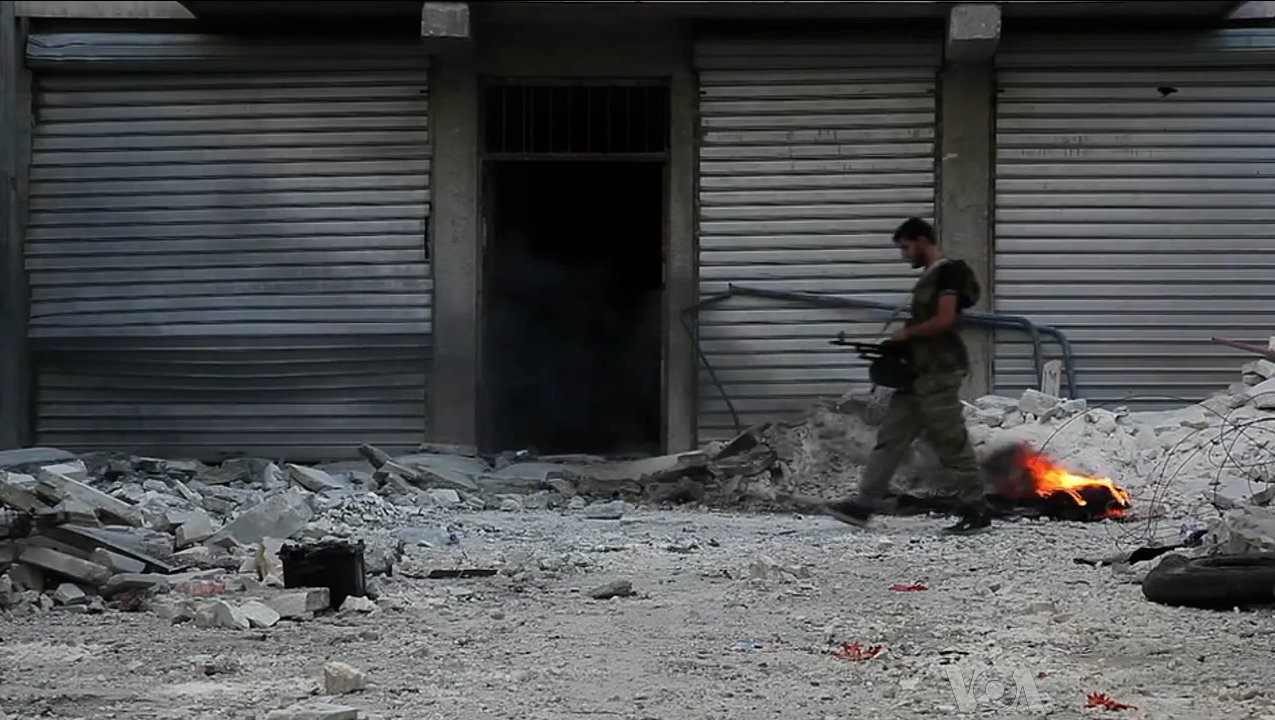Appellees' Brief Filed in Hedges
Comparing the text of the two enactments shows that the NDAA §1021(b)(2) and the AUMF are not co-extensive, as the district court concluded.
Published by The Lawfare Institute
in Cooperation With

Comparing the text of the two enactments shows that the NDAA §1021(b)(2) and the AUMF are not co-extensive, as the district court concluded. Decision at 34-35. The AUMF states:The President is authorized to use all necessary and appropriate force against those nations, organizations, or persons he determines planned, authorized, committed, or aided the terrorist attacks that occurred on September 11, 2001, or harbored such organizations or persons, in order to prevent any future acts of international terrorism against the United States by such nations, organizations or persons.
AUMF § 2(a) (emphasis added). The italicized text shows that the AUMF authorizes detention only for the specific class of persons who aided, committed, planned or participated in a specific act, namely the September 11, 2001 terrorist attacks “or [who] harbored such organizations or persons”. Id. Such limiting language led the Supreme Court in Hamdi v. Rumsfeld, 542 U.S. 507 (2004), to give the AUMF a “narrow” construction pertaining to a “narrow category” of detainees, authorizing military detention only where the detainee was “engaged in armed conflict against” U.S. forces. 542 U.S. at 526. Hamdi construed the AUMF to be limited to the “narrow circumstances” of preventing “a combatant’s return to the field of battle.” 542 U.S. at 519, 521 [emphasis added]:“Under the definition of enemy combatant that we accept today as falling within the scope of Congress’ authorization, Hamdi would need to be ‘part of or supporting forces hostile to the United States or coalition partners’ and ‘engaged in armed conflict against the United States’ to justify his detention in the United States for the duration of the relevant conflict.”
Hamdi v. Rumsfeld, 542 U.S. at 526 [emphasis added]. Hamdi holds that mere “support” for such groups is one of two required legs for AUMF detention, the additional element being that the detainee must have been “engaged in armed conflict against the United States.” id. Conversely, §1021(b)(2) requires only that a detainee have “substantially supported” al-Qaeda, the Taliban or “associated forces”, omitting any requirement of combatancy or participation in “armed conflict”. Hamdi had been in force for more than eight (8) years prior to adoption of the NDAA, its holding was known to Congress, Lorillard, Div. of Loew's Theatres, Inc. v. Pons, 434 U.S. 575, 581 (1978), and Congress’s omission in §1021(b)(2) of the AUMF requirement that the detainee must have been “engaged in armed conflict against the United States”, 542 U.S. at 526, must be seen as a legislative expansion of detention authority beyond the traditional contours of the AUMF. Hamdi, supra.



.jpg?sfvrsn=d5e57b75_7)

